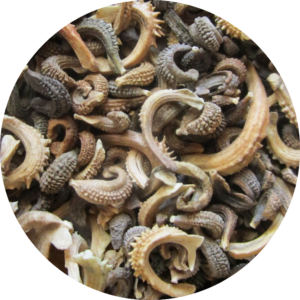Wildflower Seeds
by Sandy Swegel
For gardeners foolish enough to live where winter takes hold and the ground freezes, the time between first frost and last frost can be very long. Some gardeners are wise enough to welcome the break from the work of the garden and enjoy the natural flow of the seasons. Others like me start longing for a greenhouse or dream of living in warm tropical climates. I fantasize about building a mobile greenhouse I could drive down south to grow all winter and drive back to Colorado next Spring. I mourn the death of geraniums in beautiful pots and the brown frozen leaves of basil.
Before you lug dozens of plants into your living room where they mostly suffer until they succumb to low light and pests, make a plan for how to garden your indoor area.
If you have good indoor southern exposure…
Blooming plants like geranium, Hibiscus, Bougainvillea and Mandevilla will put on winter-long displays of flowers. Often by January, the dry air and lack of circulation will cause aphid explosions, and you’ll need to give the plants a quick shower or deal with the aphids in some other way before they get completely disgusting. Fragrant plants like rosemary will also thrive and even bloom if you keep them well-watered. Plants that didn’t need much water outdoors have different needs indoors and will probably need to be watered twice a week.
Low light windows…
Winter is the time to move cyclamen and African violets out of the direct winter sun to the north or east windows to keep them happy. Begonias also do well in lower light.
Cuttings of coleus bring in lots of foliage color. Coleus plants are so attractive in pots but expensive to buy. Simple jars of water will keep the coleus happy and grow roots so you have plants next Spring.
Herbs…
The rosemary is in the southern window. You can harvest the thyme from outdoors all winter as long as you can push aside leaves or snow. Tender herbs like basil and oregano are another story. I haven’t had much luck bringing them indoors…they bolt or get buggy. I have had great luck seeding narrow windowsill pots densely and enjoying the young leaves as microgreens.
Forcing bulbs…
Amaryllis are great to start now. Setting aside a few bulbs from Fall plantings can occupy your gardeners’ heart for weeks in January and February. Not all bulbs force so there is some experimentation here and some bulbs will need a cooling period in your frig or cold garage. But little daffodils inside in late January give great joy.
Forcing stems…
Make a mental note now of what spring flowering trees and shrubs there are in your yard or neighborhood. In late winter after a warm spell, you can see the new buds swell on woody stems. Cut those stems and bring them indoors.
Winter doesn’t have to be long and gray. You can garden inside all season long.
Photos:
http://www.hiddenvalleyhibiscus.com/forum/index.php?topic=144.0
http://picklesandcheeseblog.blogspot.com/2009/11/bright-red-geraniums-in-big-black-pots.html







